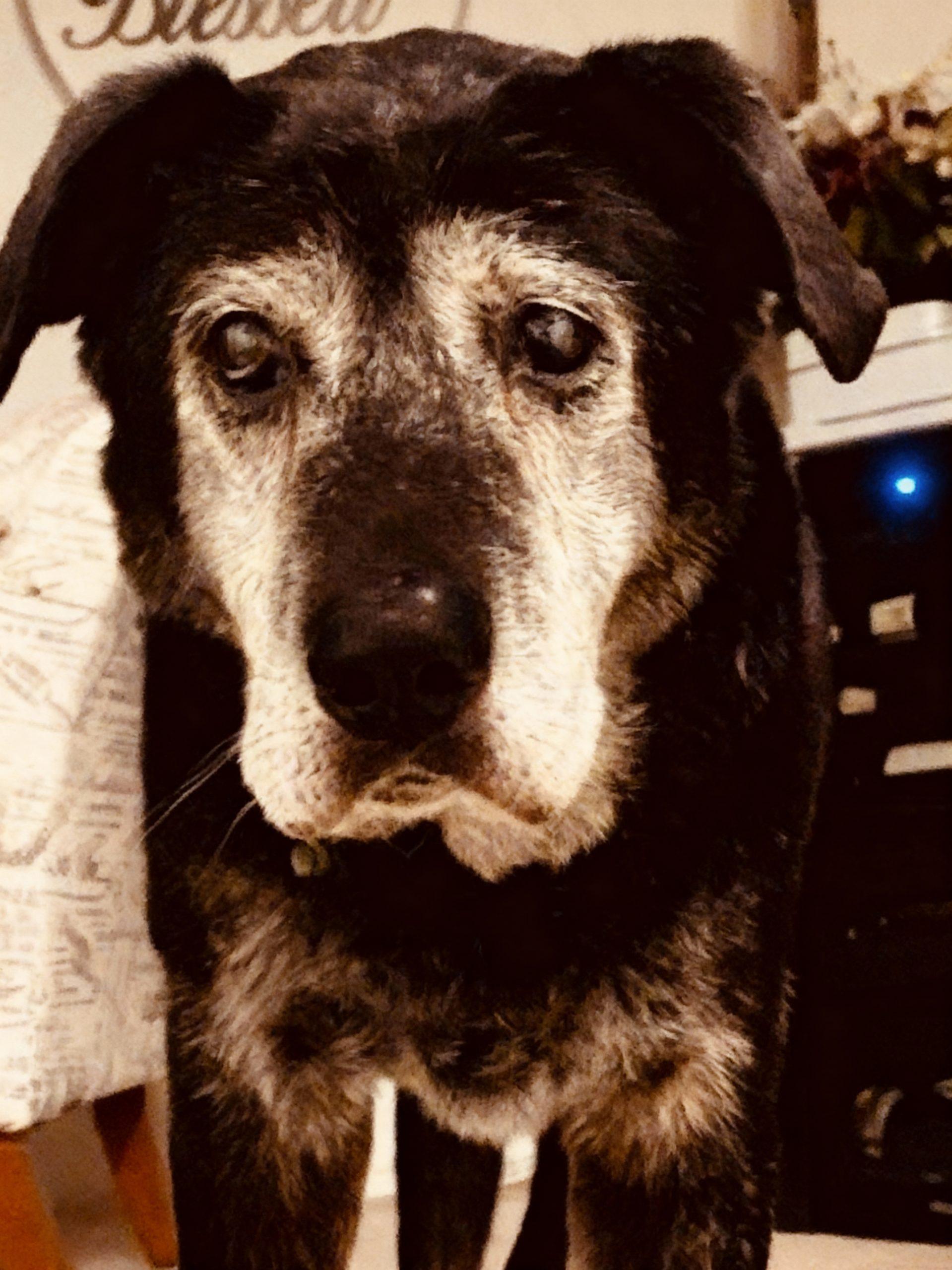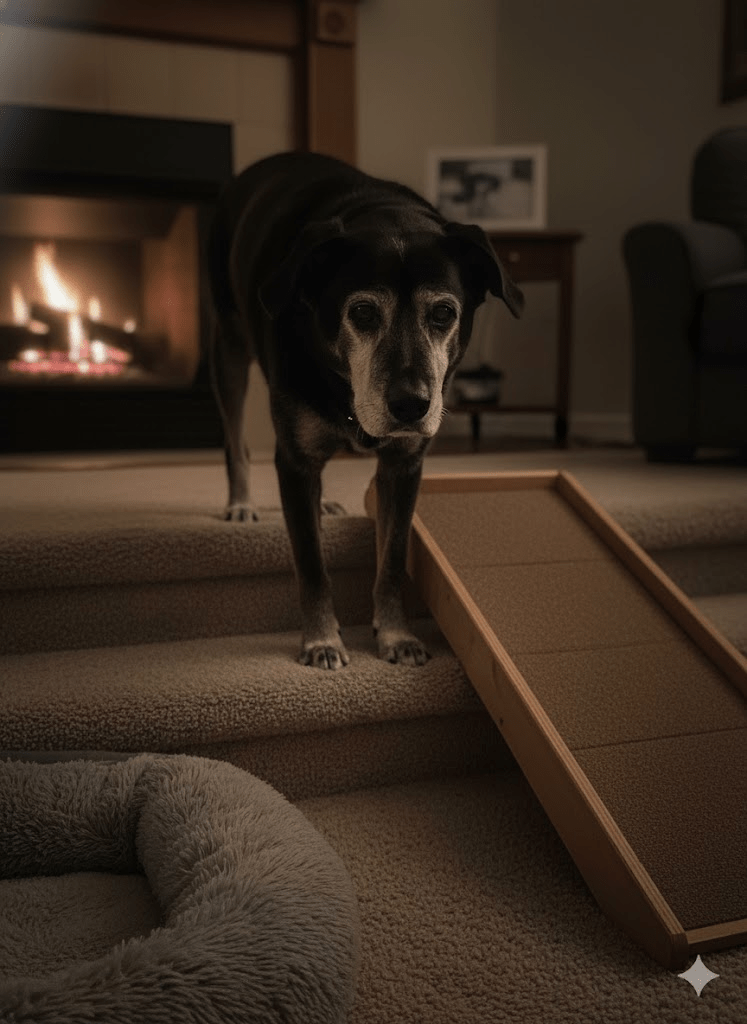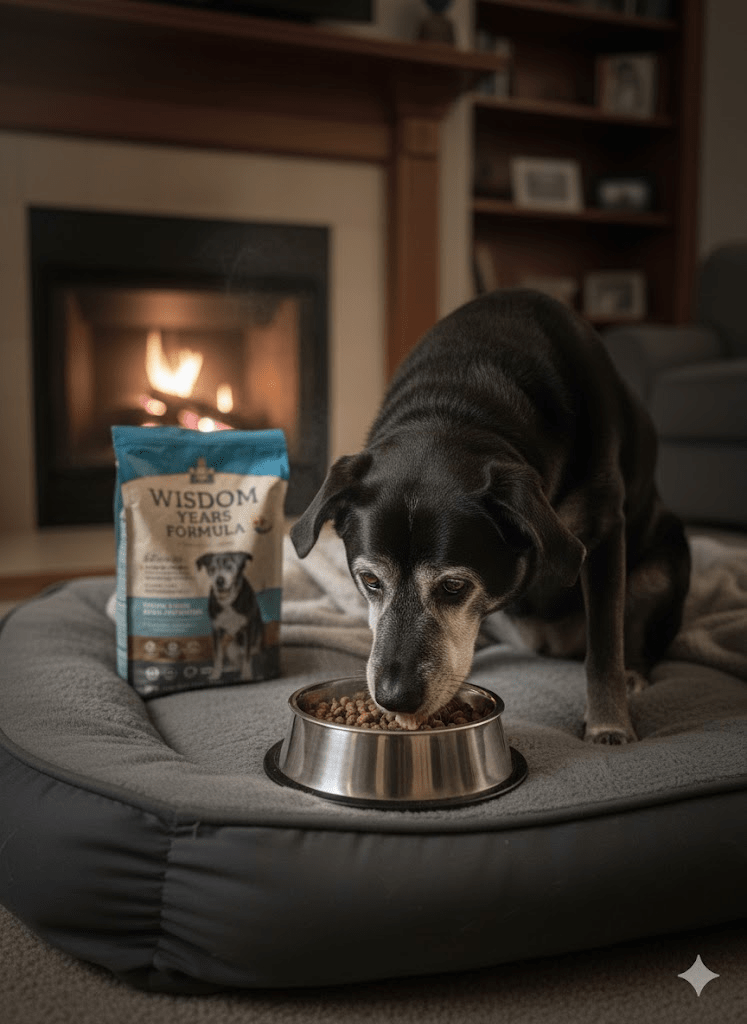As our beloved canine companions journey through life, they eventually reach a distinguished stage where their muzzles whiten, their steps may slow, and their eyes reflect a lifetime of cherished memories and unwavering loyalty. This beautiful senior dog, with its soulful gaze and frosted face, perfectly embodies the grace and quiet dignity of an aging pet. Just like humans, dogs experience significant changes as they grow older, and understanding these transformations is key to providing them with the best possible care and ensuring their golden years are as comfortable, joyful, and healthy as possible. Recognizing the subtle shifts in their behavior, physical capabilities, and health needs allows us to adapt our routines, environment, and veterinary care to support them fully. It’s a time when our bond deepens even further as we learn to appreciate their enduring spirit amidst the natural progression of age. Embracing this phase means offering patience, tailored attention, and a commitment to their well-being, transforming potential challenges into opportunities for deeper connection and profound love.

One of the most noticeable changes in senior dogs is often a decrease in their physical agility and energy levels. While the exact age a dog is considered “senior” varies by breed and size – larger breeds tend to age faster than smaller ones – you might start observing signs like a reluctance to jump, difficulty climbing stairs, or a general slowing down during walks. This isn’t just about getting tired; it could be indicative of underlying conditions such as arthritis or other joint issues, which are very common in older dogs. Their muscles may also weaken, and their once boundless stamina can diminish. It’s crucial not to dismiss these changes as “just old age” but to understand them as signals that their bodies require more support and perhaps a visit to the veterinarian. Regular, gentle exercise remains important, but it should be adjusted to their capabilities, focusing on short, frequent walks rather than strenuous activity. Soft bedding, ramps, and non-slip mats can also make a significant difference in their daily comfort and mobility around the home.

Nutritional needs also shift considerably for senior dogs. Their metabolism slows down, and they may become less active, meaning they require fewer calories to maintain a healthy weight. Continuing to feed them the same diet they had as a younger dog can lead to obesity, which exacerbates joint problems and increases the risk of other health issues like diabetes and heart disease. Conversely, some older dogs may experience a loss of appetite due to dental problems, decreased sense of smell, or underlying illnesses, leading to unintended weight loss. Consulting with your vet to switch to a high-quality senior dog food formula is highly recommended. These diets are typically lower in calories but still provide essential nutrients, often with added ingredients like glucosamine and chondroitin for joint support, and omega-3 fatty acids for cognitive and skin health.
Veterinary care becomes even more critical during a dog’s senior years. While annual check-ups are standard for adult dogs, senior dogs often benefit from bi-annual vet visits. This allows for earlier detection and management of age-related conditions, many of which can progress rapidly if left unchecked. During these visits, your vet will likely perform a thorough physical examination, dental check, and recommend blood work, urinalysis, and possibly other diagnostic tests to assess organ function and screen for common senior ailments such as kidney disease, liver disease, thyroid issues, and cancer. Early intervention can significantly improve outcomes and quality of life. Don’t hesitate to discuss any new behaviors or symptoms you’ve noticed, no matter how minor they seem; they could be important clues to your dog’s health.

Cognitive function is another area where older dogs can experience changes, often referred to as Canine Cognitive Dysfunction (CCD), similar to Alzheimer’s in humans. Signs of CCD can include disorientation, changes in sleep-wake cycles (e.g., restlessness at night), decreased interaction with family members, house-soiling accidents, and altered activity levels. While there is no cure for CCD, several strategies can help manage its symptoms and improve your dog’s quality of life. Mental stimulation through puzzle toys, gentle training sessions, and familiar routines can be beneficial. Certain diets enriched with antioxidants and omega-3 fatty acids, as well as specific medications, can also help slow the progression of cognitive decline. Creating a predictable and calm environment can also reduce stress and confusion for dogs experiencing CCD.







